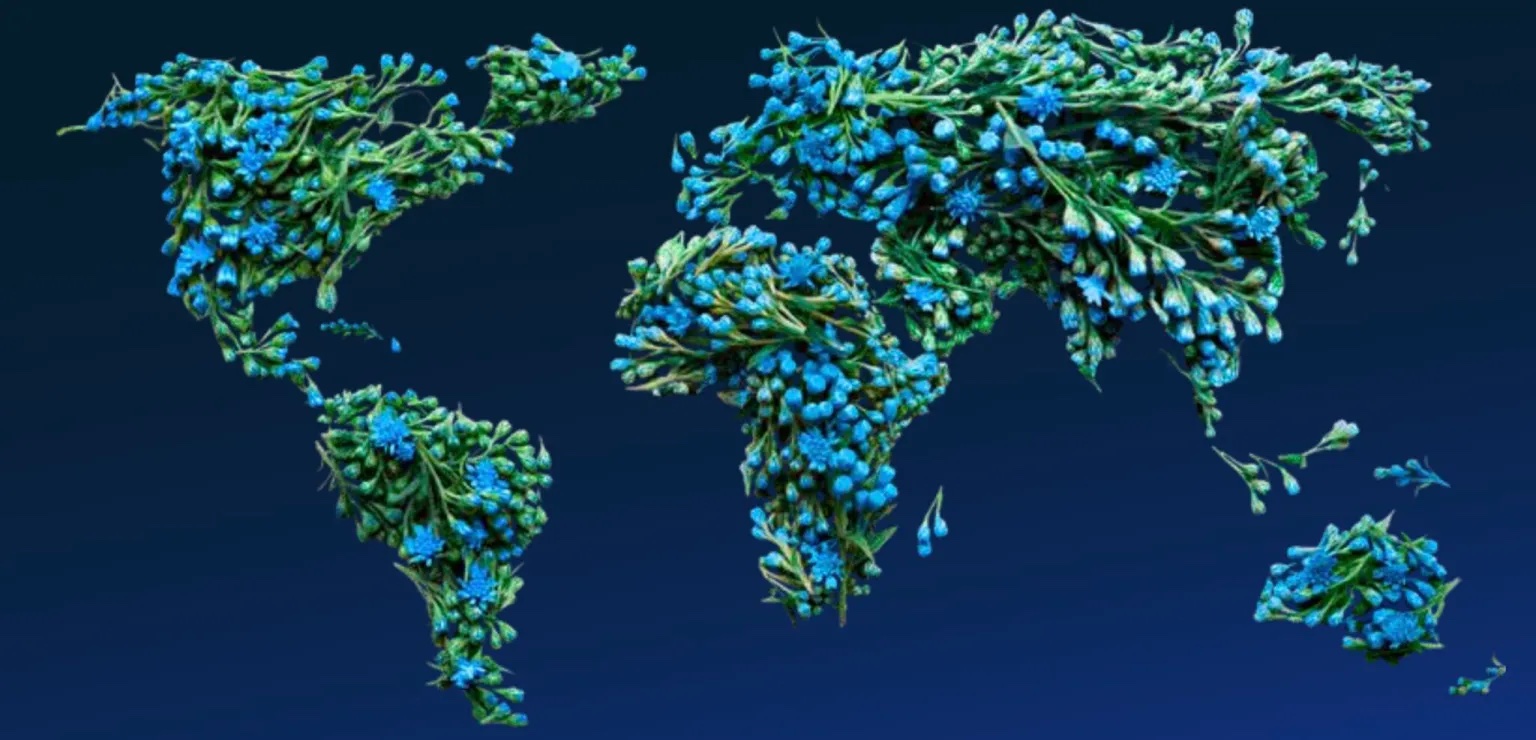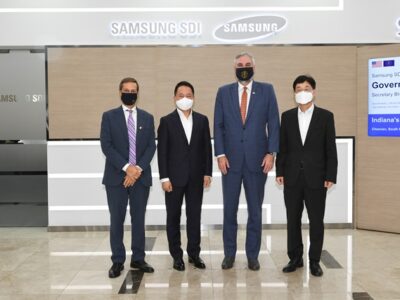Carbon Insurance Company Oka is focused on providing insurance that will replace carbon credits if destroyed or invalid, providing security and confidence to the VCM market.
With new markets also comes the need to ensure its new products. As the voluntary carbon market (VCM) is growing, so is the demand for new insurance products to protect the carbon credits. Oka, a recently founded carbon insurance firm, just received new funding to grow its business.
Aquiline Technology Growth, a New York and London-based private investment fund, just supplied Oka with $7 million in seed funding to help Oke spur a more sustainable and transparent credit market.
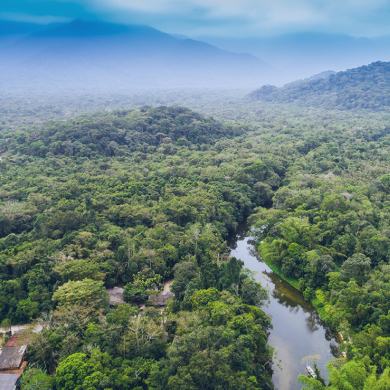
“The voluntary carbon market is experiencing significant growth and is projected to reach $1 trillion by 2037, highlighting the scale of the opportunity,” Oka said in a statement. “Oka, The Carbon Insurance Company, is currently focused on providing insurance that will replace credits if destroyed or invalid, providing security and confidence to the VCM market.”
The seed funding will be used to expand Oka’s carbon credit insurance offerings. Because the VCM is still in its early stages and lacks consistent regulation, buying carbon credit offsets can carry risks for companies. Oka would provide insurance to replace those credits in case of their destruction or invalidity. With this strategy, the insurer hopes to deliver “security, confidence, and protection in an unregulated and opaque market.”
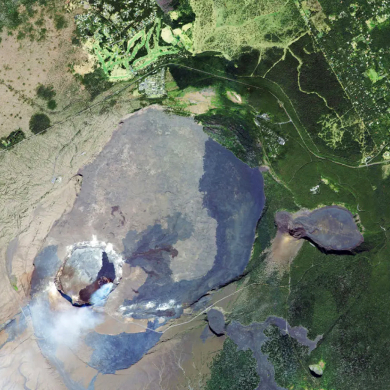
When companies cannot eliminate residual carbon emissions, they can buy offset carbon credits. Those transferable instruments represent an emission reduction of one metric ton of carbon or an equivalent amount of greenhouse gases. They usually come from green projects such as planting trees in areas of deforestation, replacing fossil fuels with clean energy, or carbon sequestration.
Oka commits to helping companies differentiate between high and low-quality projects that are the backbone of offset credits. It plans to use science-driven risk management, verification, and underwriting process.
A high-quality carbon credit is one where the effect of getting it leaves the world at least as well off as if the buyer had themselves been able to reduce their carbon footprint. Characteristics include solid estimates of emissions reduction, no double counting, strong governance, addressing non-permanence, and not resulting in any significant environmental harm.
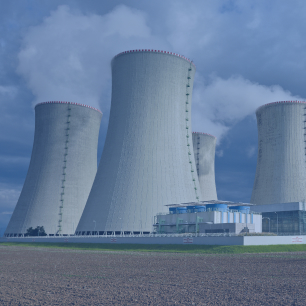
For companies that cannot fully reduce their emissions, carbon credits offer a cost-effective way to remove their residual carbon footprint. This, in turn, helps finance environmental projects around the world that otherwise might not have happened.
However, Carbon credits contain risks, especially in a market that lacks governance and regulatory oversight. Risks include fraud, duplication, digital theft, loss, damage, fires, floods, or pest infestations. That’s where third-party insurance comes in to guarantee the ownership and transfer the buyer’s risk.
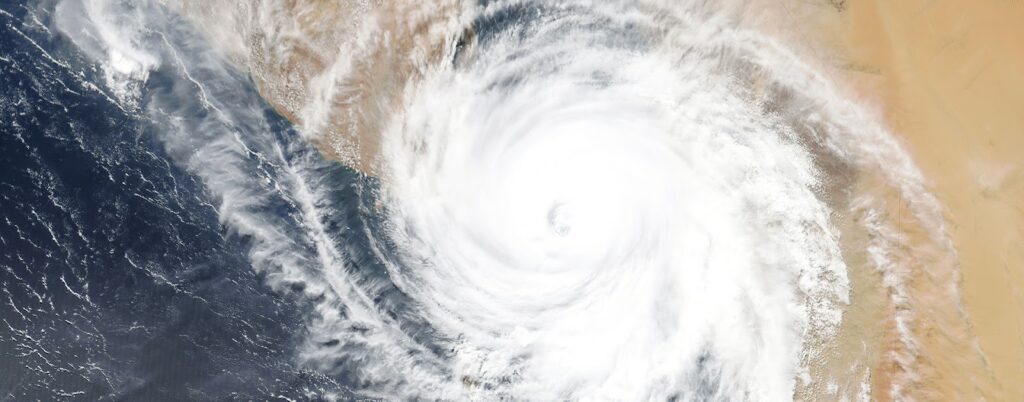
“We are honored to have the support of Aquiline in accelerating the growth of our company and achieving our vision for making insurance an integral part of the voluntary carbon credit market,” said Chris Slater, founder, and CEO of Oka. “With their help, we are confident that we will accelerate the growth of our company and achieve our mission of ensuring the transition to net zero.”

